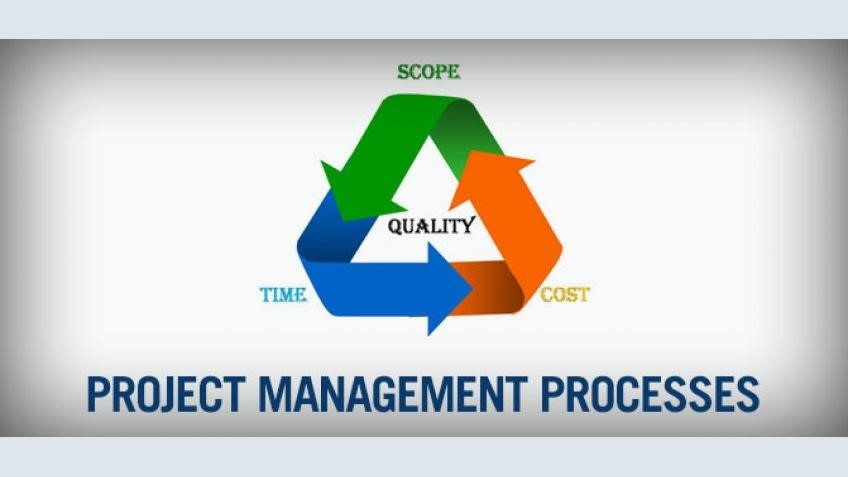Small and medium-sized businesses, in particular, are struggling with modernization: traditional working methods, paper instead of electronic filing and hardly documented processes stand in the way of digitization. Why is a thorough analysis of all relevant processes the basis for success?
The list of hurdles to successful digital projects is long. Often nobody in the company has an overview of the processes or knows where they are documented. But sticking to traditional methods and processes – usually with time-consuming filing on paper – also hinders automation in the company. Standardized processes are the prerequisite for every digital project, regardless of whether you only want to optimize individual processes or automate the entire production.
Analyze first, then optimize
Especially when it comes to automation, clearly documented processes are mandatory. Capturing, analyzing, and visualizing the processes shows potential for optimization and efficiency. It enables a central overview of the operational processes. An analysis also creates the basis for software projects, such as the switch to a new ERP system. In the case of problematic processes, suitable measures and solutions can be developed, whereby priorities should be set, for example, according to the cost-benefit principle.
A holistic overview is centralized
Only when a complete overview of the processes has been created can well-founded decisions about automation measures or the use of software tools be made. Robots, for example, only follow standardized processes. The holistic approach is also fundamental for optimizing the organizational structure. Because digitization means allowing innovation in the company, even with the risk of failure. Process optimization also helps to relieve the staff and thus free up resources – an important aspect in times when there is a shortage of skilled workers.
With strategy to success
If you want to digitize successfully, you need a suitable strategy that is supported by top management. Also, hiring 3rd party strategy management services provider is a good option to manage things systematically and make the management part easy. In case, you are coping with this challenge yourself, the first step is to get an overview of the process landscape. An external service provider is helpful here, who guarantees the valuable view from the outside and advises on everything from the analysis to the list of measures. This enables medium-sized companies in particular, which lack the time and know-how, to successfully implement their first digital projects.
Easily visualizing the process
Many companies, especially in the small and medium-sized sector, do not know their own processes – but only if you know your own processes, you can optimize them accordingly and digitize them with the help of software.
How do I collect the processes?
Arrange appropriate workshop dates with the individual departments – at these dates, you first get a rough overview of the processes, ideally with the help of a questionnaire. Then, with the help of cards, work out the process together and present it accordingly. Process steps that affect other departments are color-coded and clarified with the relevant departments.
This technology offers everyone involved a good overview of the process and can be adapted quickly and easily at any time. Only when all processes have been recorded are these processes converted into digital form with the help of process modeling software so that they can then be made available to employees on an intranet or something similar.
The process survey is a snapshot of the processes in the company, but they are constantly changing. It is therefore important that this process map is lived and updated accordingly.

